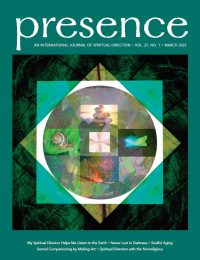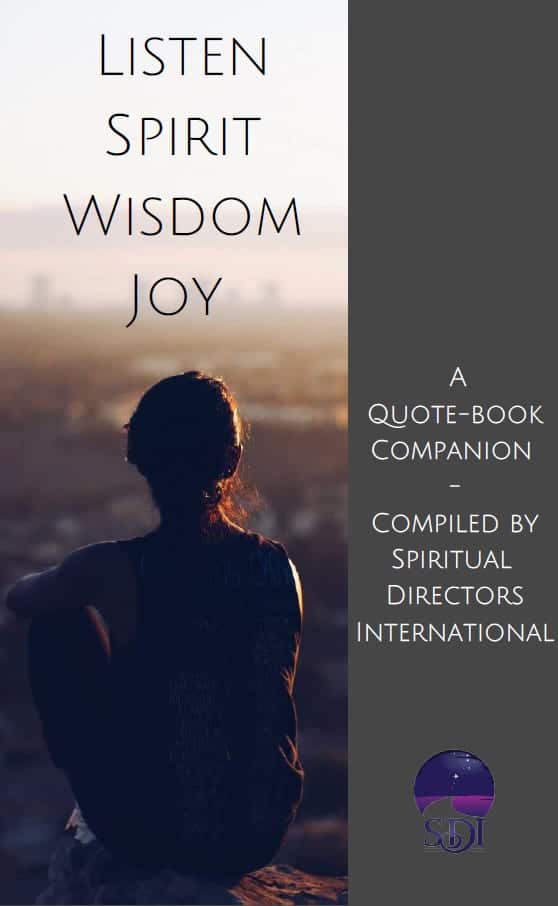The Wisdom Pattern: Order, Disorder, Reorder
by Richard Rohr, OFM (Reviewed by Linda Douty)
Cincinnati, OH: Franciscan Media, 2020
204 pages
CAD $26.63, GBP £14.54, USD $18.99
 I admire Richard Rohr’s ability to take cosmic, timeless, spiritual truths and render them into language accessible to any serious seeker. In this new book, he tackles the pathway of growth and the universal pattern or cycle of life described in various vocabularies throughout the ages: the journey–fall–return; Garden of Eden–fall–Paradise; and orientation–disorientation–new orientation. Scientists speak of star–supernova–energy and light and thesis–antithesis–synthesis. Christians identify Life–Crucifixion–Resurrection and birth–sin–rebirth.
I admire Richard Rohr’s ability to take cosmic, timeless, spiritual truths and render them into language accessible to any serious seeker. In this new book, he tackles the pathway of growth and the universal pattern or cycle of life described in various vocabularies throughout the ages: the journey–fall–return; Garden of Eden–fall–Paradise; and orientation–disorientation–new orientation. Scientists speak of star–supernova–energy and light and thesis–antithesis–synthesis. Christians identify Life–Crucifixion–Resurrection and birth–sin–rebirth.
Rohr hopes to revisit this recurrent pattern in up-to-date pragmatic language so that we can see its reality in the lives we live and the world we inhabit, leading us to “let go of our first order, trust the disorder, and—sometimes even hardest of all—to trust the new order. Three big leaps of faith for all of us, and each with a different character” (xv). He sees in our current dilemma a serious crisis of meaning (clearly a time of disorder)—faced with the forces of “consumerism, racism, militarism. Individualism, patriarchy, and the corporate juggernaut” (3). A Franciscan priest, Rohr relies heavily on the wisdom and writings of Saint Francis of Assisi, but this book reaches far beyond the boundaries of Catholicism or Christianity.
It seems part of a pattern that we are usually called by God into a time of divine discontent (disillusionment with the way things are) before we are willing to move on. Rohr explains it this way: “Normally, God pushes (toward growth) by disillusioning us with the present mode. Until the present falls apart, we will never look for something more” (66). This can also be described as spiritual restlessness or inner pacing.
In this period of deconstruction, he offers sage advice to negotiate inevitable and predictable whirlpools of confusion. One of his most incisive chapters focuses on the perils of victimhood and the importance of dealing with our pain in ways other than blaming, scapegoating, and pointing fingers. We tend to embrace our victimhood so that we can claim the moral high ground. Rohr plainly states, “Playing the victim is an effective way of getting moral high ground without doing any moral development whatsoever. We don’t have to grow up, we don’t have to let go, we don’t have to forgive, we don’t have to surrender—all the things that great religion has deemed necessary” (24). He reminds us that “Jesus neither played the victim nor created victims. He became a saving and forgiving victim” (26).
The Wisdom Pattern is not about doom and gloom. Rohr describes the wonders of Great Awakenings and attempts to move beyond deconstruction, which he names as “useless without reconstruction, without a positive vision” (63). While it may feel good to point out who and what is wrong, we can proclaim that loudly without becoming part of the solution. This is what we know as lazy spirituality. He urges us to follow the way of the cross, standing against hate while not becoming hate ourselves.
Rohr’s thoughts about ways of knowing reality found in chapter six, “Cleaning Our Lenses,” are particularly instructive. As spiritual directors, we understand that how we see what we see—our worldview—affects every thought and action. Rohr delves into the intellect, the will, the emotions, the senses, the imagination, aesthetics, and epiphany—and how all these help us to know what we know. Then, he writes about how to discover what motivates us and determines our personal worldview. In this final process of finding a third way, the book moves toward reconstruction in ways that point the reader forward, while at the same time giving some needed warnings.
Rohr touts the necessity of limitations, encourages us to explore the shadow (our own and shadows in society), and concludes with a powerful Reconstructionist Creed. It ends with these words: “We believe in a personal universe where the divine image shines through all created things. It is therefore an enchanted universe where we can always live in reverence and even adoration before the good, the true, and the beautiful” (197). I believe this is a must-read book for spiritual directors and spiritual seekers, and I will highly recommend it.
This Review Appears In
Reviewer
Linda Douty is a spiritual director and retreat leader living in Memphis, Tennessee, USA. She is the author of several books, including Rhythms of Growth: 365 Meditations to Nurture the Soul, Praying in the Messiness of Life: 7 Ways to Renew Your Relationship with God, and How Did I Get to Be 70 When I’m 35 Inside?: Spiritual Surprises of Later Life. Her e-mail address is [email protected].



